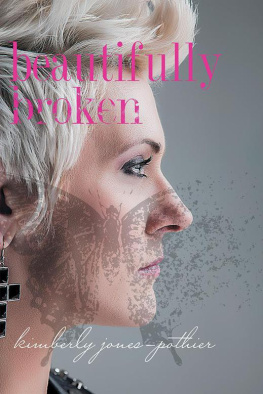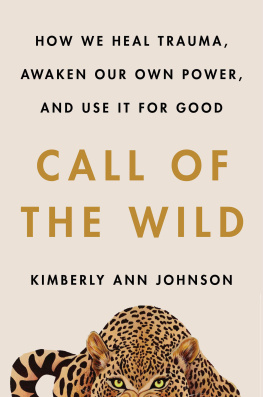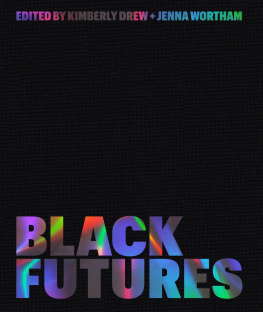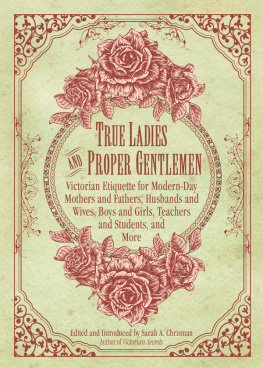Kimberly Chrisman-Campbell - The Way We Wed
Here you can read online Kimberly Chrisman-Campbell - The Way We Wed full text of the book (entire story) in english for free. Download pdf and epub, get meaning, cover and reviews about this ebook. year: 2020, publisher: Running Press, genre: Non-fiction. Description of the work, (preface) as well as reviews are available. Best literature library LitArk.com created for fans of good reading and offers a wide selection of genres:
Romance novel
Science fiction
Adventure
Detective
Science
History
Home and family
Prose
Art
Politics
Computer
Non-fiction
Religion
Business
Children
Humor
Choose a favorite category and find really read worthwhile books. Enjoy immersion in the world of imagination, feel the emotions of the characters or learn something new for yourself, make an fascinating discovery.

- Book:The Way We Wed
- Author:
- Publisher:Running Press
- Genre:
- Year:2020
- Rating:5 / 5
- Favourites:Add to favourites
- Your mark:
- 100
- 1
- 2
- 3
- 4
- 5
The Way We Wed: summary, description and annotation
We offer to read an annotation, description, summary or preface (depends on what the author of the book "The Way We Wed" wrote himself). If you haven't found the necessary information about the book — write in the comments, we will try to find it.
The Way We Wed — read online for free the complete book (whole text) full work
Below is the text of the book, divided by pages. System saving the place of the last page read, allows you to conveniently read the book "The Way We Wed" online for free, without having to search again every time where you left off. Put a bookmark, and you can go to the page where you finished reading at any time.
Font size:
Interval:
Bookmark:
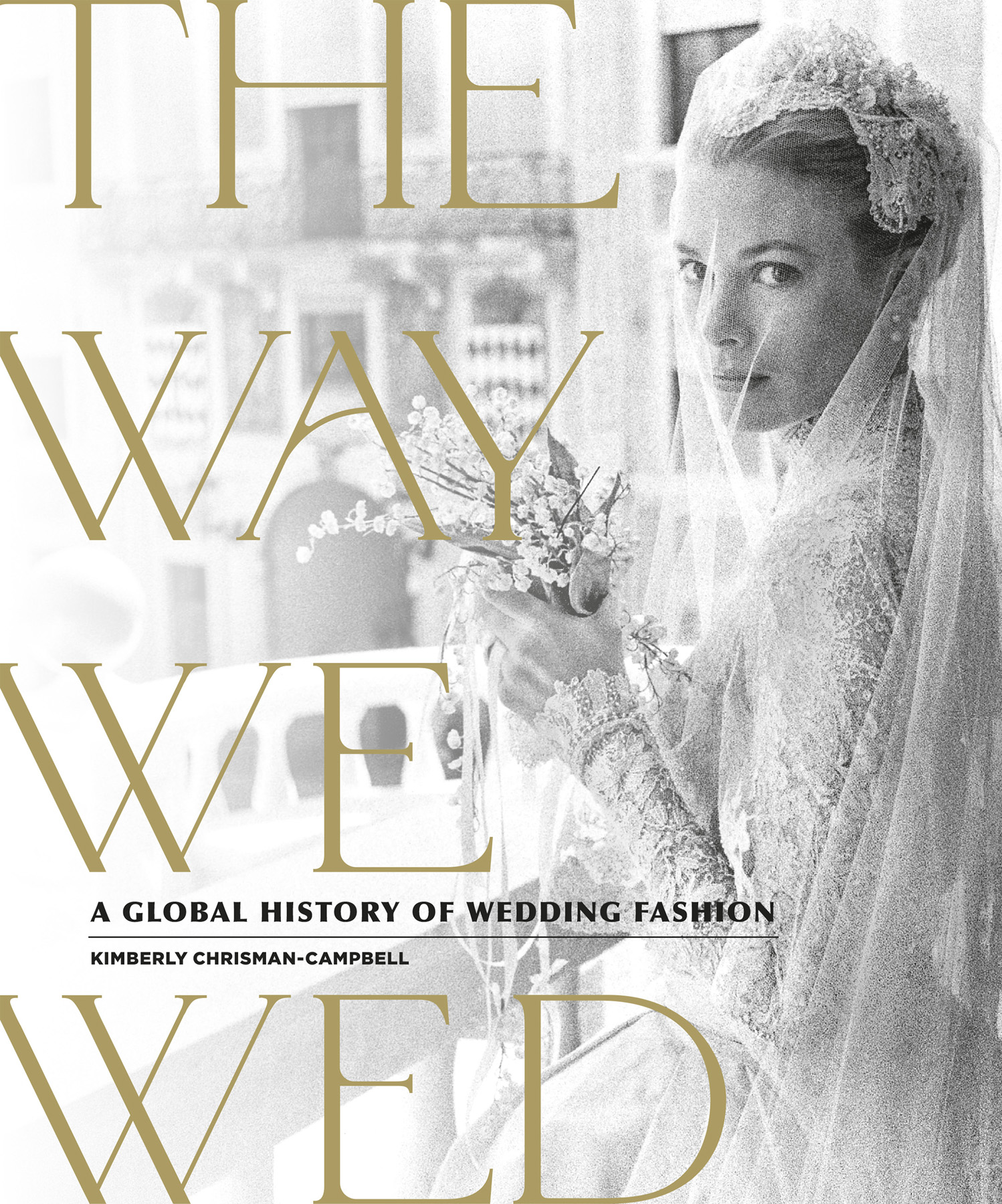
Copyright 2020 by Kimberly Chrisman-Campbell
Cover copyright 2020 by Hachette Book Group, Inc.
Hachette Book Group supports the right to free expression and the value of copyright. The purpose of copyright is to encourage writers and artists to produce the creative works that enrich our culture.
The scanning, uploading, and distribution of this book without permission is a theft of the authors intellectual property. If you would like permission to use material from the book (other than for review purposes), please contact permissions@hbgusa.com . Thank you for your support of the authors rights.
Running Press
Hachette Book Group
1290 Avenue of the Americas, New York, NY 10104
www.runningpress.com
@Running_Press
First Edition: December 2020
Published by Running Press, an imprint of Perseus Books, LLC, a subsidiary of Hachette Book Group, Inc. The Running Press name and logo is a trademark of the Hachette Book Group.
The Hachette Speakers Bureau provides a wide range of authors for speaking events. To find out more, go to www.hachettespeakersbureau.com or call (866) 376-6591.
The publisher is not responsible for websites (or their content) that are not owned by the publisher.
Additional copyright/credits information is .
Cover photography Howell Conant/Bob Adelman Books, Inc.
Library of Congress Control Number: 2020933072
ISBNs: 978-0-7624-7030-3 (hardcover), 978-0-7624-7028-0 (ebook)
E3-20201024-JV-NF-ORI
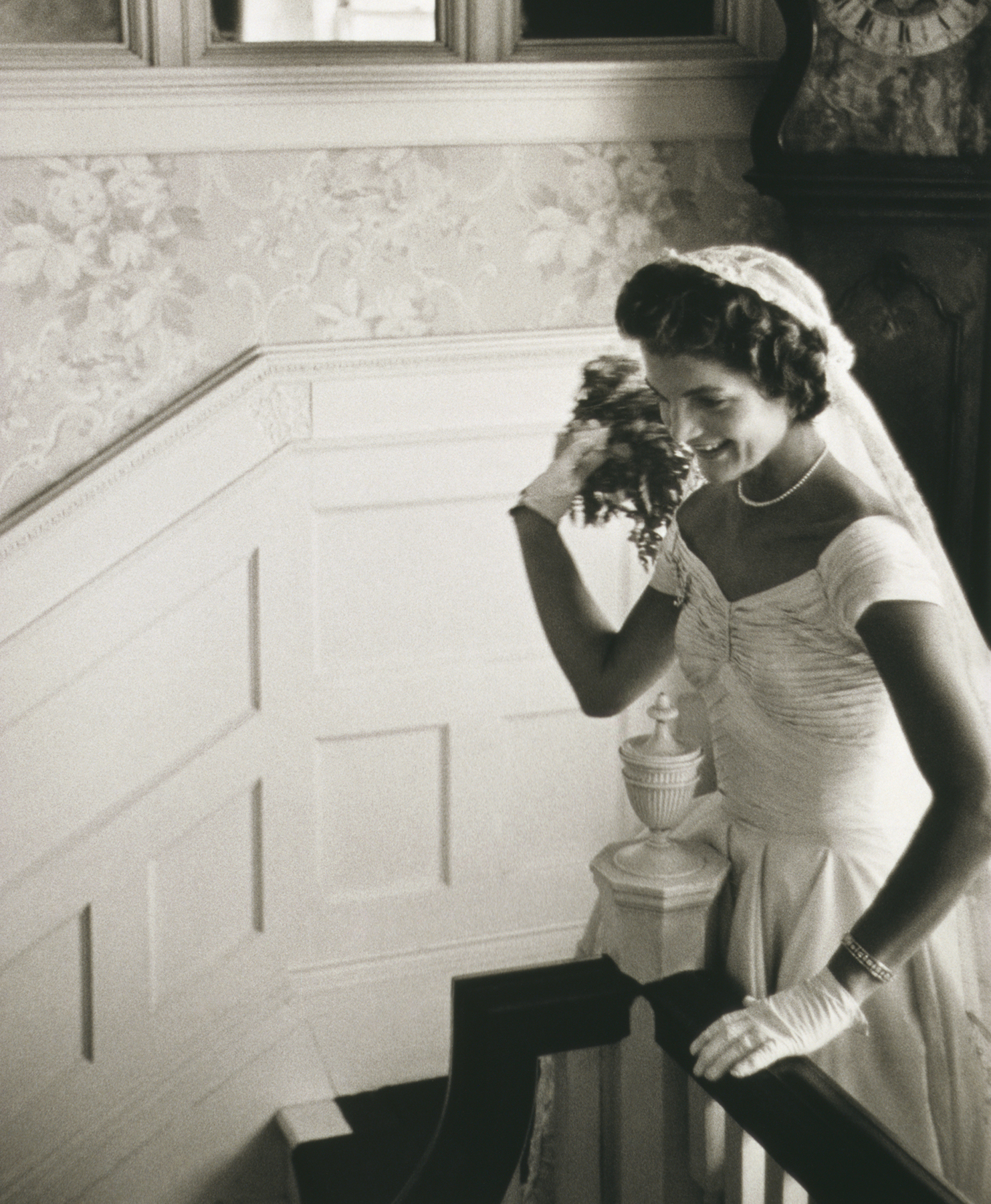
FOR MY HUSBAND

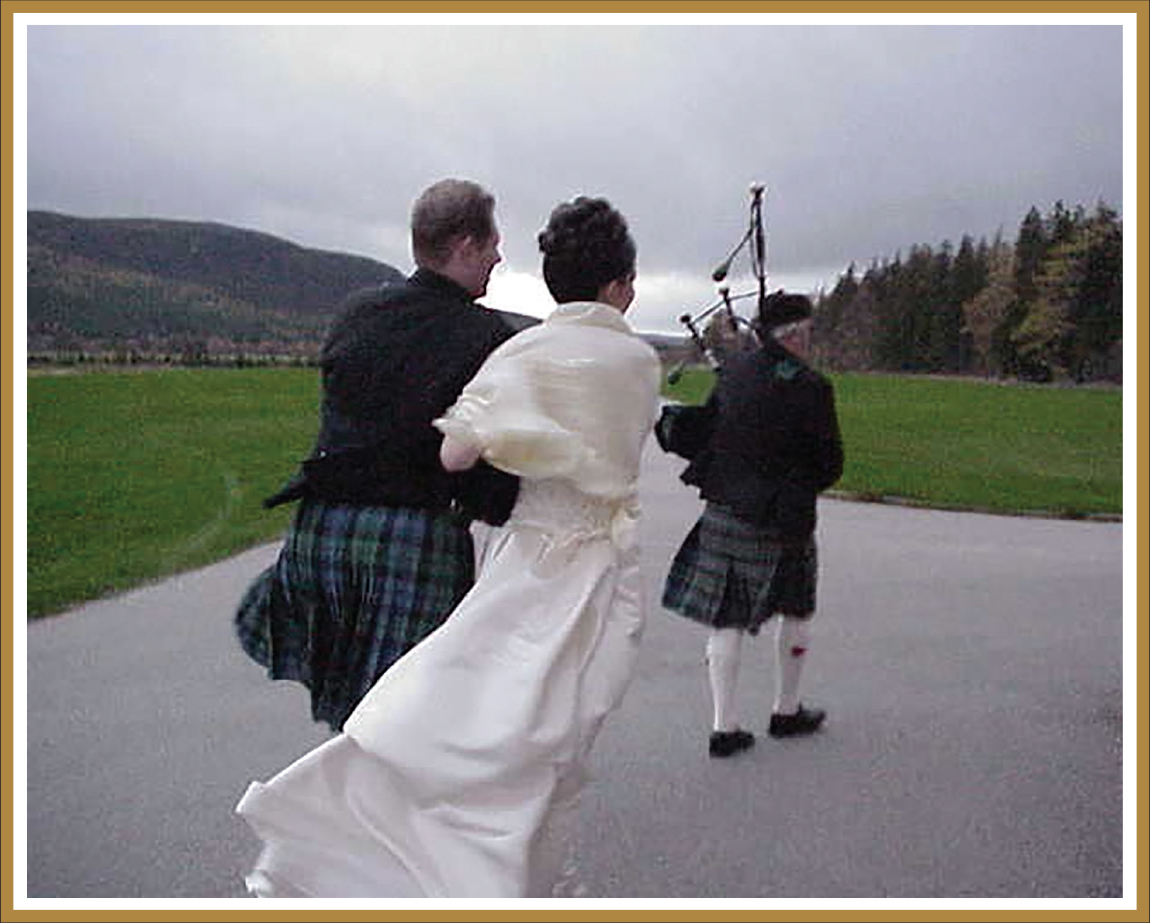

T HE WAY WE WED EXPLORES THE HISTORY of wedding clothes from the Renaissance to the present day. The objects and images highlighted in this book celebrate the art of fashion while revealing how tastes and traditions have changed over history. Far from being immutable, wedding clothes reflect changing fashions as well as changing customs, lifestyles, and values. They tell intimately personal stories, but they also illustrate broader societal narratives.
The history of weddings is, in many ways, a history of clothing. Wedding rituals have always revolved around the exchange and display of garments and jewelry, from trousseaux and luxurious wearable giftswhich were put on public view or symbolically exhibited through itemized lists published in newspapers and fashion magazinesto the clothes and rings worn on the wedding day itself. In the Middle Ages, guests took home pieces of the wedding gown for luck, a custom that survives in the tossing of garters and bouquets. The Jewish huppah was originally a shawl or scarf draped over the heads of the bride and bridegroom. Wedding guests have traditionally received wearable favors like gloves, sword knots, and fansa practice reprised today, as couples distribute fans and umbrellas for outdoor weddings or slippers for reception dancing. Pre- and post-wedding ceremonies and celebrations have their own dress codes. In many cultures, clothing and textiles play a role in the wedding ceremony itself, and there is a fine line between tradition and superstition: something old, something new. Weddings are rites of passageparticularly for womenand changes of clothing symbolize the changing status and identity of the participants.
While wedding clothes are often thought of as being bound by tradition, however, many of these traditions are, in fact, relatively recent innovations. Veils, for example, have long symbolized modesty and transformation in Jewish weddings, but they did not become part of Christian wedding rites until the nineteenth century. Similarly, though diamonds have been used in engagement rings since the Renaissance, it was only in the twentieth century that advertising slogans like a diamond is forever and diamonds are a girls best friend made diamond rings synonymous with getting engaged.
The long, white wedding gown was popularized by Queen Victoria in 1840, and solemnized with the proclamation of the Immaculate Conception by Pope Pius IX in 1854. Since then, it has been largely reserved for the upper classes and frequently abandoned in times of war, economic hardship, or mourning. Furthermore, it was originally associated with young and elite brides; older brides or widows wore gray, lavender, and other colors, while women who could not afford an impractical white gown wore their best dress, regardless of hue. And not even well-to-do brides wore their wedding gowns just once; they became part of a womans wardrobe, often her best dress. Today, however, bridal gowns may have little in common with everyday dress; indeed, they might incorporate elements of Victorian style, like long, full skirts, and come from specialist bridal shops, having been made by dedicated bridal designers, who have their own fashion magazines and their own Fashion Week.
In White Weddings: Romancing Hetero-sexuality in Popular Culture, sociologist Chrys Ingraham observed that the traditional or white weddinga spectacle featuring a bride in a formal white wedding gown, combined with some combination of attendants and witnesses, religious ceremony, wedding reception, and honeymoontends to enjoy a resurgence in popularity at times when heterosexuality is perceived as being under siege. We hold up the institution of heterosexuality as timeless, devoid of historical variation, and as just the way it is. This tradition is white in more ways than one, often precluding both sexual and racial diversity.
At the same time, many of the wedding clothing rituals that are now thought of as modern or trendy have ancient roots, such as the practice of wearing several special outfits in the course of a wedding ceremony, reception, or wedding weekend. For much of recorded history, wedding rites did not begin or end with the vows, and neither did the clothes they required. Depending on her social status, a brides wedding clothes could consist of anything from a new hat to a lavish trousseau intended to last for years. Clothes often formed part of a brides dowry, or a grooms wedding gifts to his bride.
In many cases, wedding clothesnot just gowns and veils but shoes, suits, vests, undergarments, and second-day or going-away dresseshave survived in museum collections and within families. This is partly for sentimental reasons, and partly because the clothes were too specialized or too expensive to wear frequently. Indeed, this material record has distorted our perception of the fashion history of weddings as much as has informed it, as have stereotypical depictions of white-clad brides. As curator Cynthia Amnus has pointed out, it is likely that the dresses that were most recognizable as wedding gownsthose that were whitewere preserved by descendants, creating the impression of a preponderance of white wedding attire in the period. Though colored wedding gowns may have been just as plentiful, they have not been identified as such by later generations and, thus, preserved.
While films, fashion magazines, fiction, and the fantasies of the runway have all helped to craft our cultural notions of traditional or historical wedding dress, this book will focus on real clothes worn by real peopleand not just brides, but the wide cast of characters that makes up any wedding: flower girls, bridesmaids, mothers of the bride, guests, and, of course, grooms. Same-sex weddings and second (or third, or fourth) marriages are also represented. Royals and celebrities appear alongside ordinary or anonymous couples. This book does not claim to be a comprehensive survey of wedding fashions throughout history, or even a part of history. Nor is it a catalogue of one collection or designer. Rather, it approaches wedding fashion
Font size:
Interval:
Bookmark:
Similar books «The Way We Wed»
Look at similar books to The Way We Wed. We have selected literature similar in name and meaning in the hope of providing readers with more options to find new, interesting, not yet read works.
Discussion, reviews of the book The Way We Wed and just readers' own opinions. Leave your comments, write what you think about the work, its meaning or the main characters. Specify what exactly you liked and what you didn't like, and why you think so.

